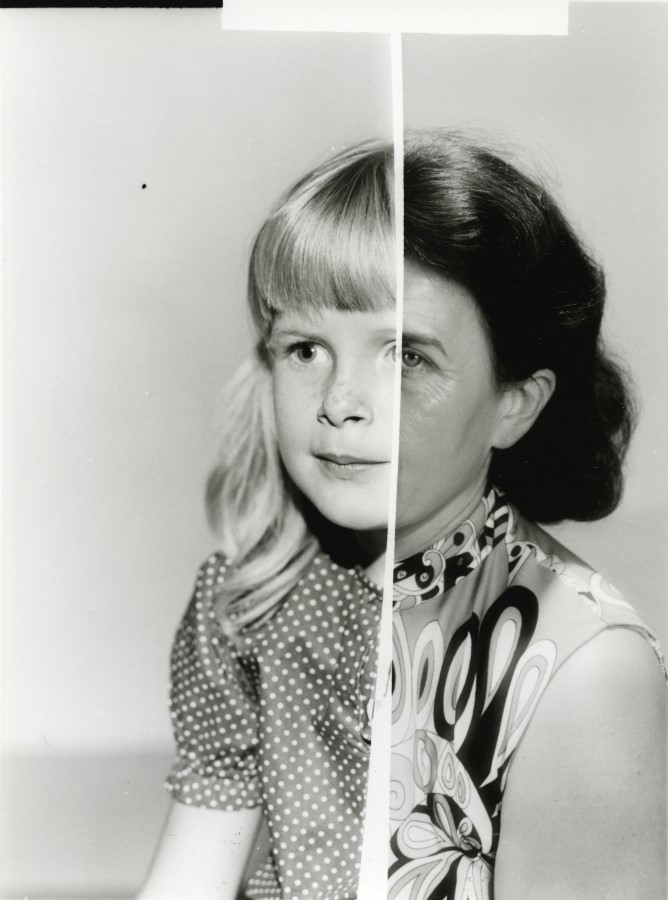“There was a long struggle to establish photography as an art form and that struggle was won. The war is over, photography is acknowledged as an art form. The price the photography world paid for this victory was excluding everything that is not made by artists – ‘That’s actually not photography, that’s not art, it’s just bullshit it’s just rubbish’.”
ASX Interviews Joachim Schmid, 2013
German artist Joachim Schmid is an archaeologist of the ordinary and everyday of our visual culture. Starting his career as an art critic, essayist and publisher, Joachim Schmid evolved to be one of the pioneers, working with found photography since the early 1980s. Preoccupied of what is commonly seen to be culturally devalued visual material, Schmid organizes and recycles pictures into ordered arrangements. By asking the viewers to look seriously at the considered unworthy photographic material, his work can be seen as an anti-capitalist and anti-art market statement.
Sören Schuhmacher: You began your career as an art critic and publisher of the magazine “Fotokritik” from 1982 to 1987. What led you to your decision to become an artist?
Joachim Schmid: Actually there was no decision, it just happened. It’s not a fundamental difference. I think both activities, the writing and the artwork are critical activities. Of course the focus shifted. I got tired of being a critic, in the understanding that people expect me to have an opinion about everything. I found it more interesting to work visually, because I think at the end the photographs that I got fascinated by, the process of looking at photography, they are simply stronger than anything I can write about them. It’s more interesting to adopt these pictures that have been neglected or not acknowledged or even not looked at. There’s so much interesting stuff out there and I simply decided slowly to put the focus more there and reduced the writing. I still do some writing, but the proportion has shifted dramatically.
Sören Schuhmacher: Your work consists of found and authorless pictures, or as you once said “the other half of the photographic truth?. What is so fascinating about this other half to you?
Joachim Schmid: That’s a big question. Let’s look at what happened in photography, and of course we talk from the art-worlds point of view, not from the amateur photographer’s point of view. There was a long struggle to establish photography as an art form and that struggle was won. The war is over, photography is acknowledged as an art form. The price the photography world paid for this victory was excluding everything that is not made by artists – “That’s actually not photography, that’s not art, it’s just bullshit it’s just rubbish”. And for me it was clear almost from the very beginning that I was interested in photography because it’s much more than art. It can be art, that’s no question, but that’s not very interesting. It can be much more than art and that’s interesting. You can encounter the very same picture in a newspaper in the morning, as advertising in the afternoon and as art in the evening. The shift of context works and photography is so versatile, or to be more precise: many photographs are. I find that super interesting, and much more interesting than, “I made this print myself and it’s an artwork and it only works in a gallery”, which is by the way not true. Most art photographs are, if you take them out of the gallery, nothing but regular photographs.
Sören Schuhmacher: What does collective authorship mean in this context to you?
Joachim Schmid: Well, that happens in other fields, too. You find that, let’s say in folk songs or in fairy tales, but in photography it’s much more a dominant feature. The interesting thing is, we all more or less take the same photographs, if you look at the general level. But we don’t learn that at school and our parents don’t tell us, so there must be some kind of unspoken or unconscious code, of how we want to depict our lives, or our societies and this is not very well researched. We all contribute to that, there is not much originality and that’s also true for most of the photography we find in the art world. You find the same repetitive patterns there, they are just more consciously elaborated.
If you look at snapshot photography, you have a limited number of patterns. It’s widening now with the incredible proliferation of production through digital photography, but until recently there was a limited number of patterns, and you find them throughout the world over language barriers, and I found that interesting to research and to look at.
Sören Schuhmacher: Which part of your working progress is for you the most exciting? The search for the photograph or the search for unseen patterns?
Joachim Schmid: It’s hard to tell apart, because its impossible to separate, I think. I look at the photographic world, or let’s say, at photographs in the world. I try to look at it in a rather unbiased way. I’m curious, I look online and I go out into the real world. Most of it is wasted time, because I encounter lots of things I’m familiar with and I’ve seen before. But then it happens once in a while that I come across something that is unusual or asks questions I’ve not thought about before and then I start working seriously. It’s not all about recognizing patterns but recognizing patterns is an important part of it. Sometimes it’s also just adopting something that I think is worth being saved and being looked at. I don’t have any preferences for the one or the other, it’s an unpredictable process and I enjoy both of them.
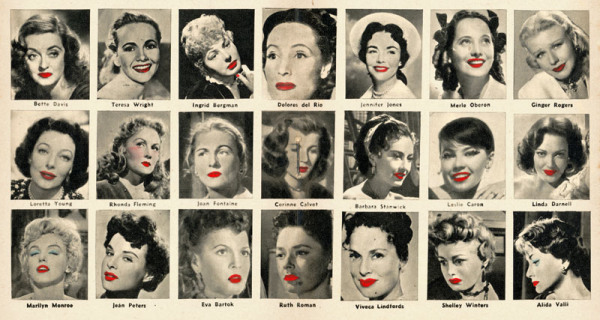
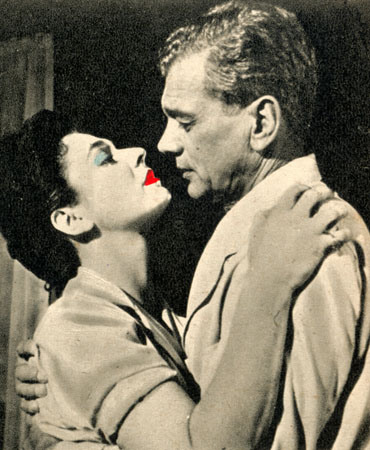
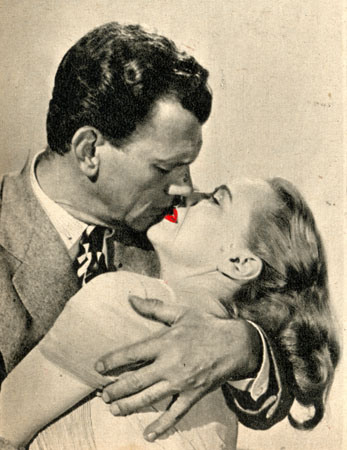
from Estrelas amadas (2013)
“An important feature of the work is the physical quality of photographs. They are kind of objects. They have an object like character, people have them in their wallets or wherever and then they tear them apart. I like the physicality of that work and I think it makes most of the fascination.”
Sören Schuhmacher: What must a photograph have to be interesting to you?
Joachim Schmid: That’s impossible to generalize.
Sören Schuhmacher: Is there a pattern?
Joachim Schmid: Well, of course there are a couple of things. The photographs I’ve been using during the past, I don’t know how many years, they don’t all work at the same register. Let’s say, if you look at the series of “Other People’s Photographs”, of course that’s pretty clear how that works. Basically anything could be in there, as long it fits one of the patterns I selected.
Other things, let’s take the last series I made, “Estrelas amadas”. This is one of the rare things where I found something and I knew immediately I found treasure. I was in Lisbon and I had some extra hours. Strolling through the city I came to a second hand book market where I found and bought a series of magazines from the 1950s. Somebody had colored the lips of all the actresses in the black and white photographs. I knew immediately that’s a treasure. Imagine the situation, this is Lisbon in the 1950s, close to the end of the world in a closed society, there’s this production of dreams. It’s so transparent in a way, so there was absolutely no question that I would buy those and I would work with them. In a way they have a unique position in the series of works I made because I didn’t see anything like that before.
I’m actually looking now for things that work in a similar way. I have been looking before, I like it if people are working manually on a photograph, but you don’t find many of these. Sometimes you find that in snapshot photography, that people add little drawings or description or arrows or whatever, to clarify a photograph or to make fun of it, but it doesn’t happen that often. So that was a pretty unique thing, but it works completely differently than other works. Or let’s say another unique thing was the book “L.A. Women”. I found those photographs of potential murder victims. As photographs, they are completely uninteresting for the people who don’t know the persons depicted, but if you know the context, where they come from, they just ask shocking questions. Also that is a really unique thing in my series of works, it shows you the range of possible questions that play a role.
Sören Schuhmacher: That brings me back to your project “Other People’s Photographs”, which is a contemporary remake of your previous work “Archiv”. In the new work you used images from Flickr and organized them into categories. Did you ever think of making a remake of “Bilder von der Straße” or is there no place for lost and discarded photographs in the internet?
Joachim Schmid: That doesn’t work. “Bilder von der Straße” is finished and actually I’m happy it’s finished, because I have been doing it for so long and I was thinking about how to bring that to an end or how to get out of it. But there was no obvious way. But then with the arrival of digital photography, the number of discarded photographs declined, also the definition of what is an original photograph became blurry with all kinds of modern printing techniques. Technically speaking it’s hard to tell now what is a photograph and what not. So it became easy to bring that to an end and I don’t see how I would find any equivalent on the net.
An important feature of the work is the physical quality of photographs. They are kind of objects. They have an object like character, people have them in their wallets or wherever and then they tear them apart. I like the physicality of that work and I think it makes most of the fascination. You can see how these little objects played a role in somebody’s live and then they were discarded for one reason or the other. But well, I’m sure you can find lost photographs on the internet. If you look at Flickr or Photobucket or whatever more or less systematically you will notice that many of the accounts are abandoned. So you could count those as lost photographs, but that’s a completely different question, how these photo hosting services basically are used as digital land-fills. All the rubbish has been deposited there and people forget about it. I think nobody comes back to them or ever looks at them.
There are lots of lots of abandoned accounts, where somebody uploaded photographs for a while and then got tired of it, but never deleted their account, and there are many of them. And in the active accounts there are many users who have six figure numbers of photographs in their accounts. I think they also never will go back and look at their stuff. If they would decide to look at their old photographs they should stop to have a life around the age of 50 and for the rest of the time go back and look at the hundreds of thousands of photographs they accumulated which is a mad idea.
Sören Schuhmacher: Once you said, “most museum collections must be considered to be complete failures”. I would like to know if you could explain more what you meant with this statement and if it still applies to nowadays?
Joachim Schmid: You have to look at the context. I don’t remember exactly where I said that, but I remember the context. The context was that if we look at photography as an entity, as i said in the beginning, it’s much more than art. My statement was not meant to be characteristic for all museums but I was talking about photography museums. I think they are failures because other than painting or a couple of other techniques photography has very specific qualities.
One of them is that it has been applied in all fields throughout society and a photography museum should reflect all those uses, including snapshot photography, commercial photography and so on. There are relationships between art photography and snapshot photography and between commercial photography and art photography and between reportage and documentation. These connections are super important and you can not understand art photography if you simply ignore all those surrounding fields.
A photography museum that does not reflect this in its collection has indeed to be considered a complete failure, and it’s true for most of them. The early photography museums we had in Germany, like the one in Munich is more than a failure. It started from the archive of a camera company, and if you have a collection of cameras that’s not a photography museum.

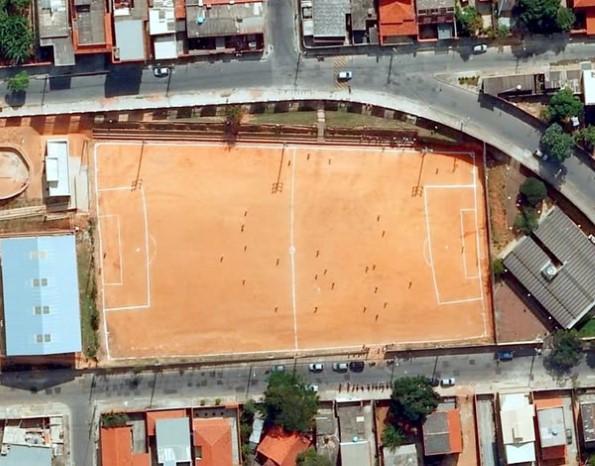
from O Campo
“The advantages of the book form are so obvious we don’t have to talk about that, but I was never interested in the book as an exquisite object, the ones printed on paper made by virgins at midnight and all that stuff.”
Sören Schuhmacher: You founded together with some collegues the Artists’ Books Cooperative. An informal distribution network created by and for artists, who make print on-demand artists’ books. What fascinates you about print on demand?
Joachim Schmid: I have been making books for more than 30 years. I started making books as a student when I didn’t have a clue about artists’ books. For a while I was thinking I had invented making books as an artist, I learned better pretty soon. The advantages of the book form are so obvious we don’t have to talk about that, but I was never interested in the book as an exquisite object, the ones printed on paper made by virgins at midnight and all that stuff. I was interested in the book as a democratic medium and that includes a kind of industrial production method, or at least “para-industrial” if we can call it that. I would be happy to print all my books in offset in an edition of 1.000 or 2.000 but I never had a budget to do that. I was always subscribed to the idea of low budget production because it guarantees my independence. So when I started making books I xerox copied them.
Of course you come to the limits of what is technically possible. I did not make as many books as I wanted to make. I have quite a number of dummies that never got produced in an edition, either because of lack of budget or because of insufficient technology at the time. Now with the arrival of digital printing the situation is completely different. I seriously rethought my publishing practice with one big project. I had the idea to make “Bilder von der Straße” as a book and I had a clear idea about it. There was no compromise about how the book was supposed to be. I wanted to have all the pictures in there, all of them printed in original size in color. At the time when I made a book proposal it would have been something like 800 hundred pages and I sent proposals to a number of publishers and all of them turned them down. After a while, I started thinking about this “let’s assume I were a publisher, would I accept this proposal?”, and the answer was no, I wouldn’t. It’s clear there is not a sufficient number of people out there who would buy that book and it’s going to be an expensive production. But then digital printing arrived and you can do it nevertheless. I can make it because I’m not a publisher. I don’t care if I sell ten or twenty or thirty copies of this, I know I won’t sell a thousand of it and I won’t make substantial money with it, but it’s not about that. I wanted to make the book the way I imagined the book. With print on demand I come pretty close. I know its not the finest production value. It’s not the finest printing. It’s not the finest paper, but i don’t care about that. I’m caring about the conceptual issues. Some years ago print-on-demand services like Blurb or Lulu had a pretty exclusive position, for that reason I used them, but nowadays it’s pointless using them because now digital print has become much more affordable and it’s much more wide-spread. You can work with local printers now and print at a very affordable prize, small editions and that’s even more interesting than print on demand nowadays.
Sören Schuhmacher: Your name always goes along your proclamation you did in 1989 when you said “No new photographs until the old ones have been used up”. On the back cover of your 2012 book “Bilderbuch” is written “Please do not stop taking pictures”. What happened?
Joachim Schmid: I think it’s time for an update. The first slogan “No new photographs until the old ones have been used up” was a provocative statement of course. I coined it as a title of an essay I wrote back then and ever since it has been haunting me. It’s time for a new provocation. It’s happening anyway, people take many more photographs than ever before and neither of my statements have an effect on the world of photography, except of a few people in the art world who think they are interesting for one reason or the other. I found that photograph with the new slogan “Please do not stop taking pictures”, and I found it interesting, so I copied it. I came back to it when I noticed that works with Google Street View and similar things became nearly mainstream. I thought, wait a minute people, somebody has to take photographs because I depend on them. In a way it also honors the people who take all those pictures that I’m using, somebody got to do that. If there is nothing out there for me I’ll be lost. So please continue taking photographs.
Sören Schuhmacher: As an observer of the visual culture over the years, do you have some thought how the visual culture we will develop, with Flickr, Tumblr or Instagram and how it would influence your work?
Joachim Schmid: I have no idea about the future and I refuse to make any predictions. If you look at the history of predictions throughout 20th century it’s a history of failure, I don’t want to contribute to this.
I’m curious and open to what’s out there and I will react to the new situation if there is a new situation but I will certainly not make not any prediction of the future.
Sören Schuhmacher graduated with a diploma in Communication Management from the Design Akademie Berlin and studied photography at Ostkreuz Schule für Fotografie. He runs the blog Lost in Publications and works as a photographer in Berlin, Germany.
ASX ARTIST CHANNEL: JOACHIM SCHMID
(All rights reserved. Text @ Sören Schuhmacher and ASX. Images @ Joachim Schmid)

